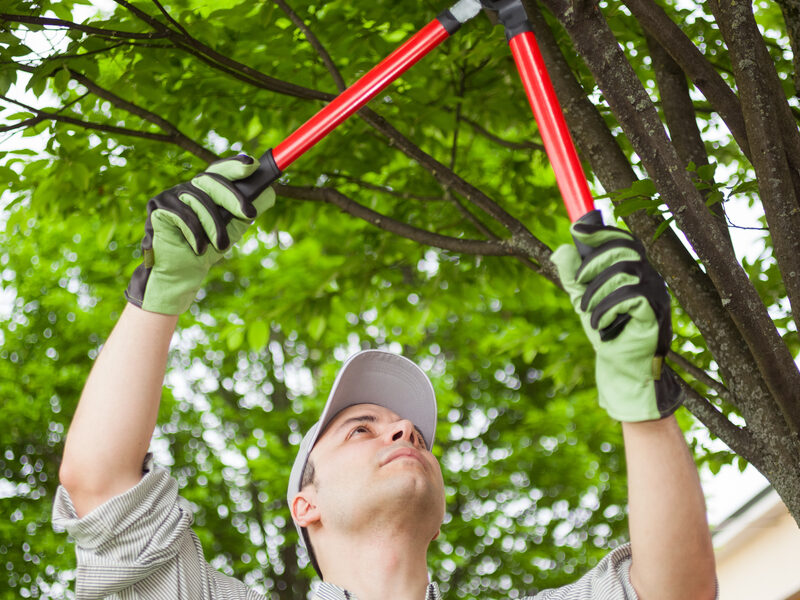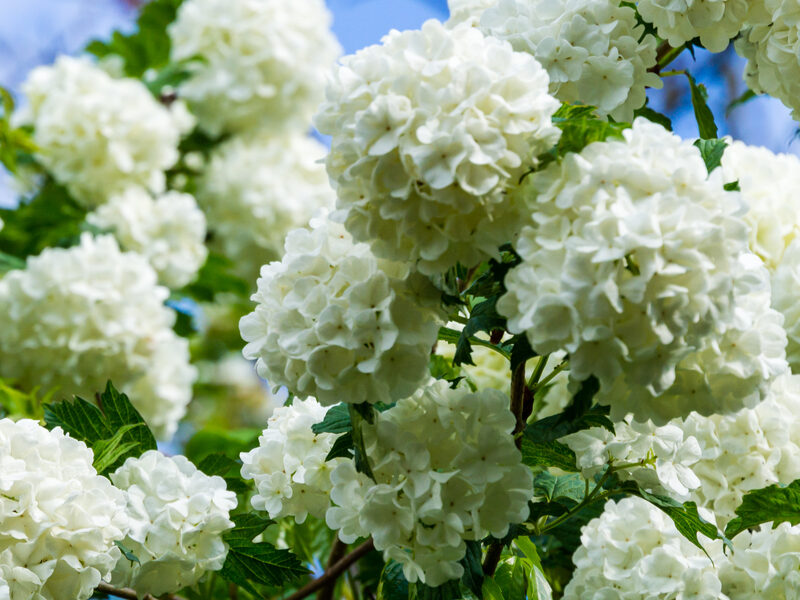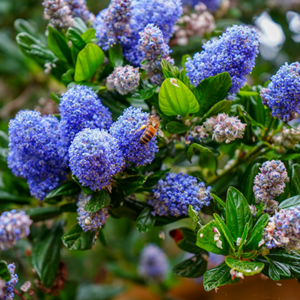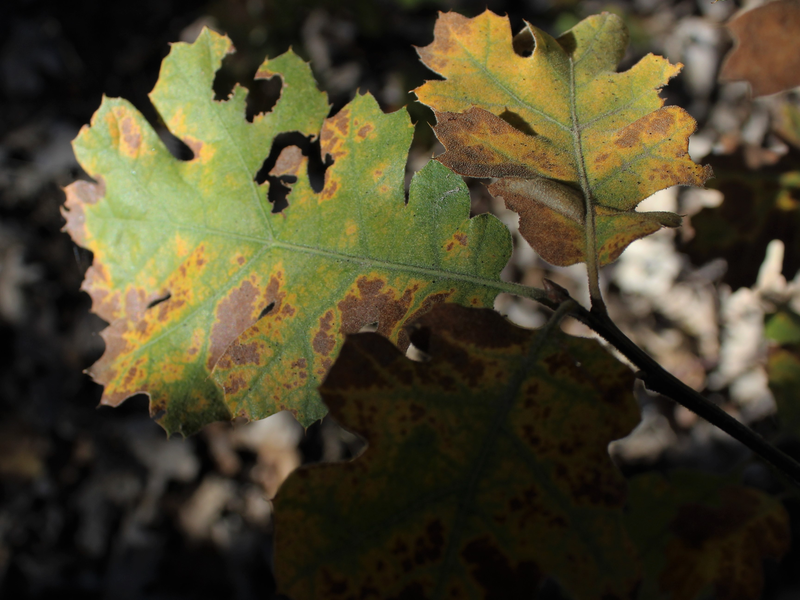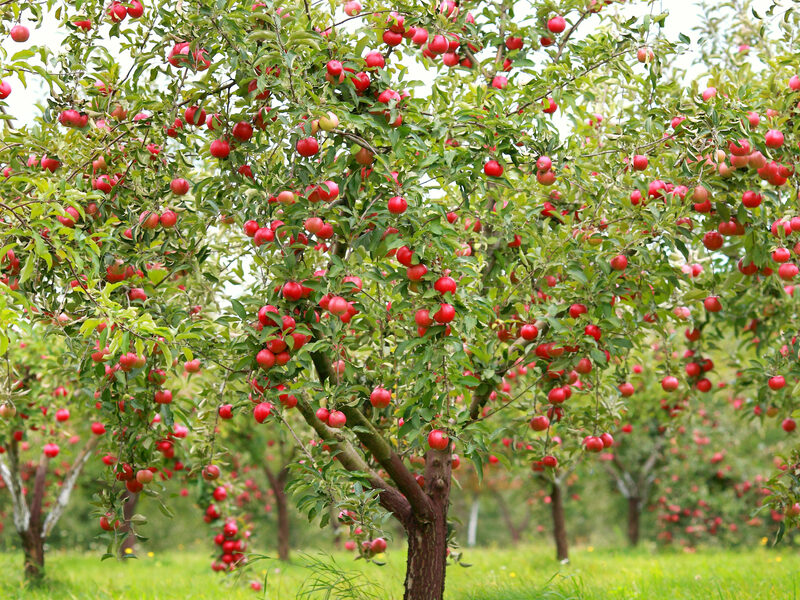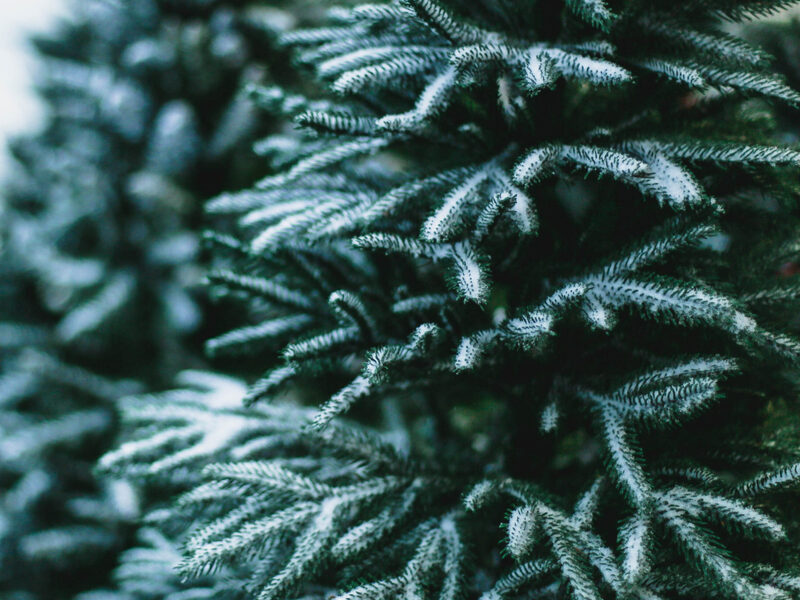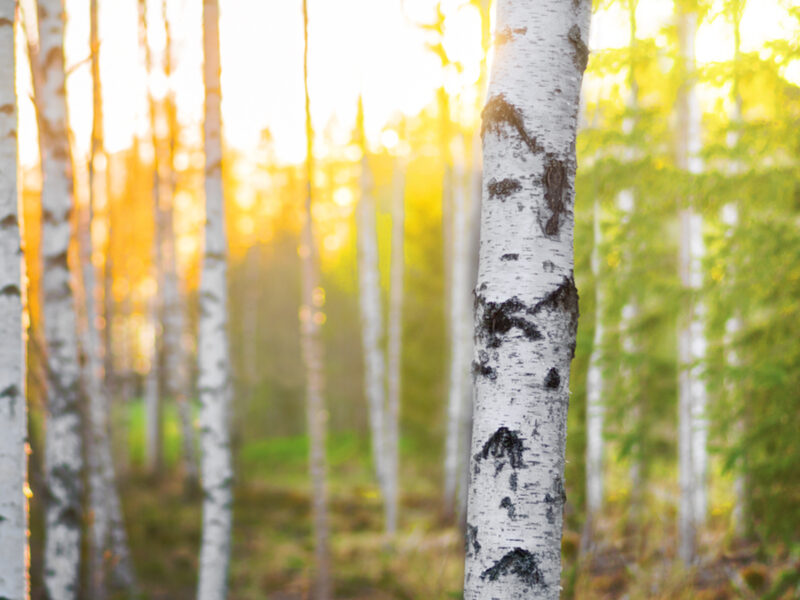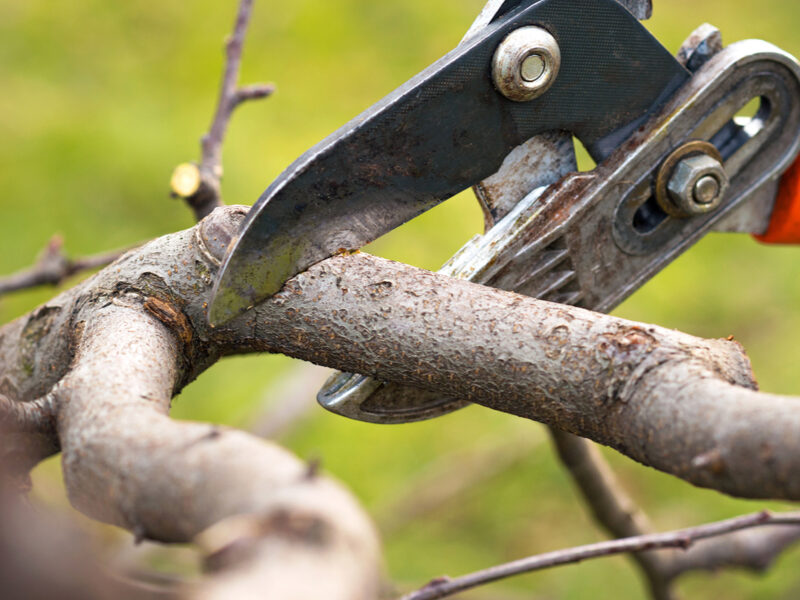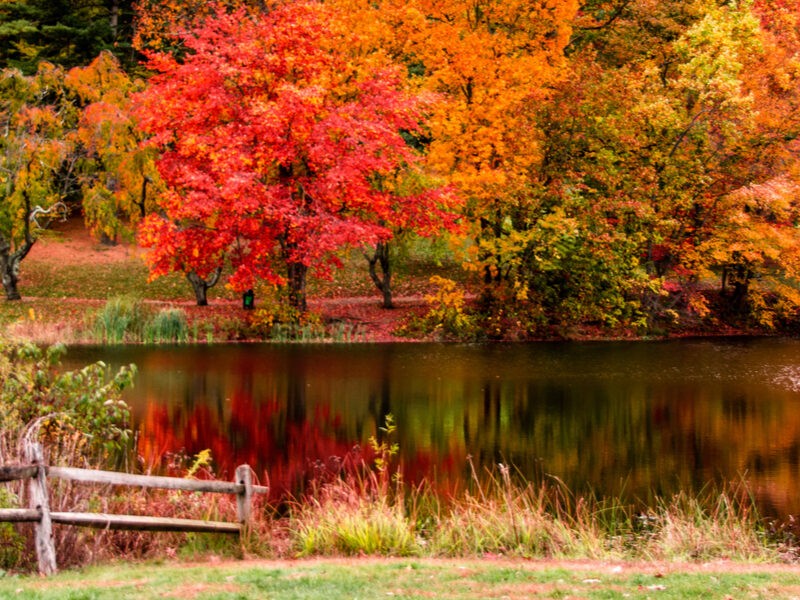Tree Care Services Your Walled Lake Trees Need This Spring
With spring just around the corner in Walled Lake, it is almost time to start thinking about tree and shrub care. Trees planted on your landscape are more vulnerable to pests, drought, and tree diseases than those living in the forest. Here is a list of the vital tree care services your ornamentals need to stay protected and healthy throughout the year.


